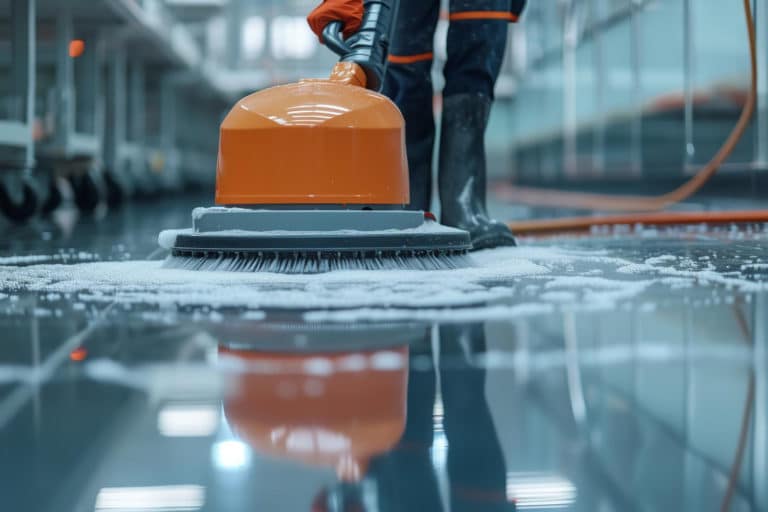COVID-19 pandemic coverage is everywhere. It can be tough to keep all of the information straight about this novel infectious disease that’s impacted everyone, from individuals to small business to large corporations.
Whether the coronavirus pandemic has had a minor or major impact on your business, taking steps to fight COVID-19 can help you protect your employees and minimize the impact. Providing your employees with resources and establishing policies can help.
Keep reading for tips on how your business can fight coronavirus.
1. Offer Flexible Work Arrangements
If your employees are essential workers, they likely need to be on site to do their work. If remote work is an option, consider having your employees work this way as much as possible.
Keeping employees out of the building as much as possible reduces the risk of spreading the disease through your staff. With many schools using a virtual or hybrid learning model, parents benefit from working at home to supervise their kids when they’re also home. Being flexible with work options takes stress off of your employees.
2. Keep Your Workplace Clean
Cleaning and disinfecting your workplace frequently can help keep your staff safe. Professional cleaning services make the task easier for general work areas.
You can also get your employees involved by providing them with disinfecting wipes or cleaners. Encourage them to clean their personal work areas regularly with those products.
3. Institute Safety Protocols
Your employees have all heard the recommendations for preventing COVID-19, but they might not remember them or use them regularly. Instead of relying on your employees to do those things, set policies and procedures to enforce them.
Emphasize the importance of correct hand washing regularly. Provide plenty of antibacterial hand soap and hand sanitizer in the office.
Implement a policy for wearing CDC-recommended masks. This includes breathable fabric masks with two or more layers.
Reconfigure work areas to encourage social distancing if employees can’t work from home. Handle more communication electronically and hold virtual meetings when possible to avoid large groups of people.
Limit work travel to only trips that are necessary. If employees have to travel, make sure they use safe practices while they’re on the trip.
4. Have a Response Plan
Even with strict prevention policies, there’s still a chance some of your employees will contract COVID-19. Establish a plan for handling a potential outbreak.
Ask your employees to notify you if they have symptoms, are in close contact with someone who tests positive, or have a positive test themselves. Decide how to handle those situations, such as requiring a quarantine or moving that employee to a remote work situation for a fixed time.
5. Pay Attention to Mental Health
Employees are often dealing with lots of stress due to coronavirus. They might have child care concerns with kids learning virtually. They could be facing financial difficulties if a spouse lost their job, or they could be dealing with a sick family member.
Check in with employees regularly beyond work to ensure they’re doing well mentally. Provide them with the supports they need to make work easier. Share information on community resources that could help families who are struggling.
Take Precautions in the COVID-19 Pandemic
Taking a proactive approach to dealing with the COVID-19 pandemic can help keep your employees healthy. A well-rounded approach includes physical and mental health.
Does your workplace need a specialized COVID-19 cleaning? Check out our cleaning services and contact us for more details on the options.












